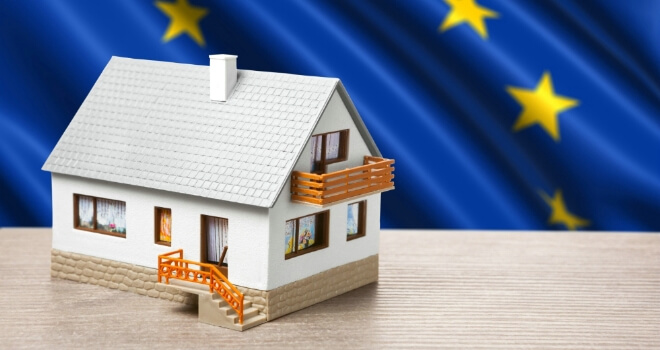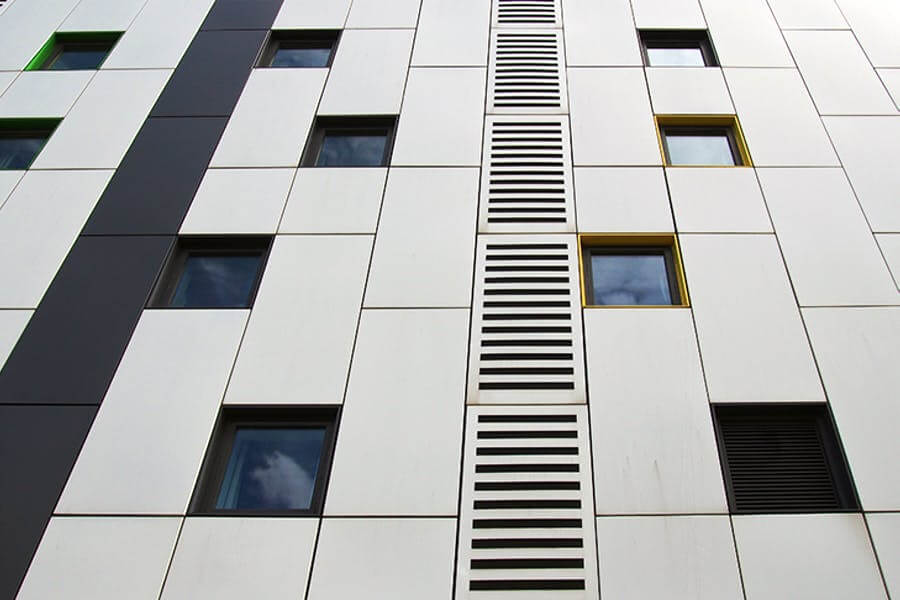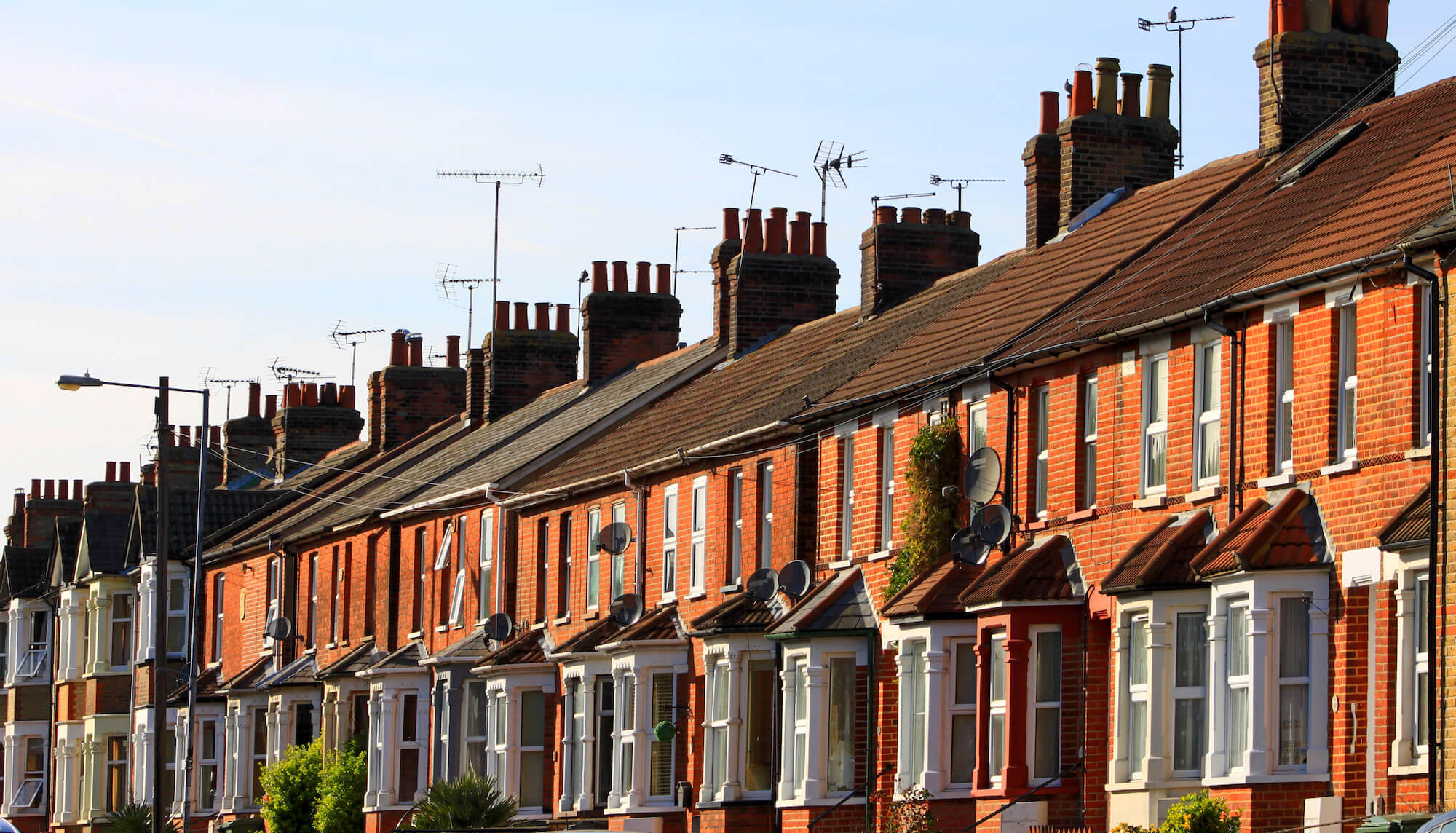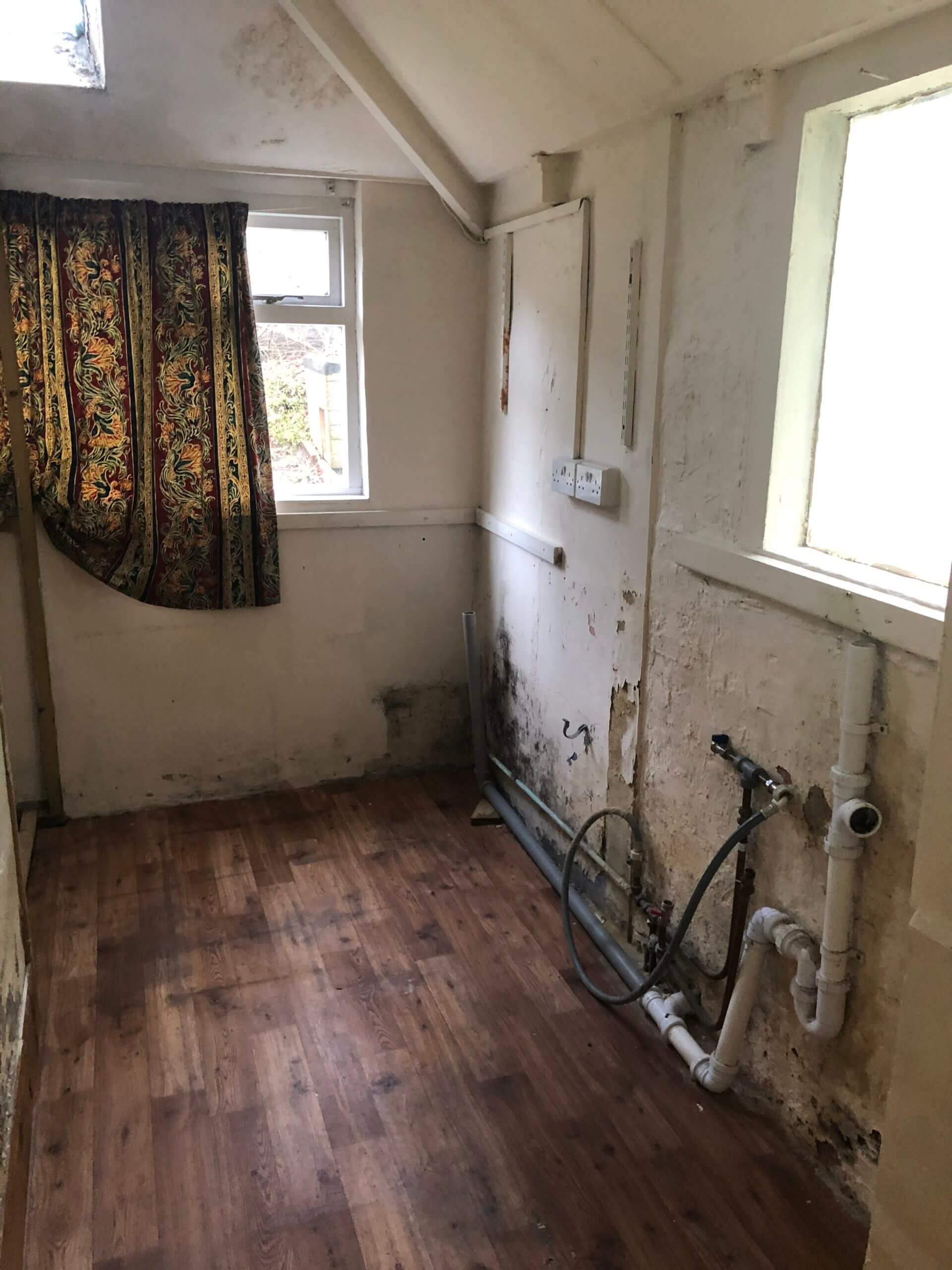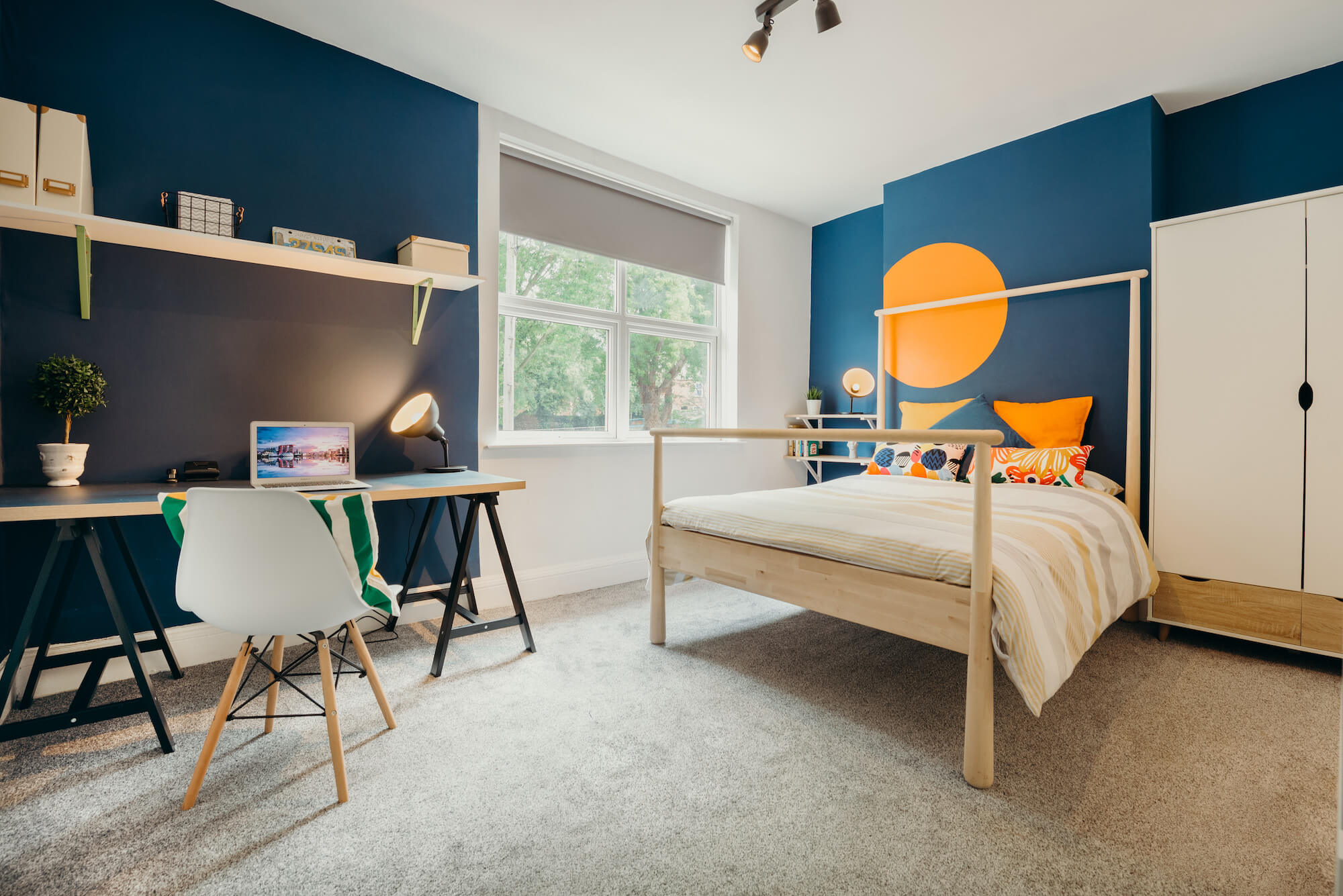Lettings Update December 2020
Should I move full time into property?
Brexit and Bricks & Mortar
Will there – won’t there – be a deal? The guess as to which side the Brexit barometer line is far more likely to fall on changes pretty much daily.
But one thing is for sure – regardless of what kind of Brexit we have, Britain’s exit from the European Union on December 31 this year will have some kind of effect on house prices.
Just how much of an effect, and whether it’s anything to get concerned about, remains to be seen. After all, the property market managed to survive that spontaneous seven weeks shutdown earlier this year. Albeit, it was helped by a surge in house prices following pent-up buyer demand and the Stamp Duty Holiday. And, the latter, as we have all been told repeatedly, is due to end abruptly on March 31 next year (despite protests to the contrary).
Meanwhile, house prices are at a record high – Nationwide reported a rise of 6.5% for November while Halifax said the average UK house price is now a record £253,243. And that’s not all; mortgage approvals are at a 13-month high.
But, getting back to Brexit… a few property experts have their own opinions on how much an effect a Deal or No Deal Brexit will have. And it’s interesting to see those predictions don’t really differ too much.
More about transactions than prices
Anthony Codling, founder of property website Twindig, believes many property analysts are currently focusing on the wrong set of numbers. It’s more about house sales than post-Brexit house prices, he insists.
“If a Brexit deal or a Brexit No Deal leads to a rise in unemployment or more importantly a rise in the fear of unemployment, we would expect housing transactions to fall and remain at a lower level until the Brexit dust has settled,” he says.
“It is unlikely in our view that house price will fall significantly as a result of Brexit.”
Only London and the South East affected by No Deal Brexit
Nicholas Morrey from independent mortgage broker John Charcol reckons there will be a strong negative effect on house prices. But, this would be localised – to London and the South East. These southern regions, he adds, are ‘very sensitive’ to the results of Brexit whereas ‘the northern regions were in favour of Brexit from the off.’
He added: “I suspect the property market won’t be impacted anywhere near as much by a No Deal Brexit than people think. Certainly not in the short term. Potentially in the longer term.
“It’s just been dwarfed by the other factors going on at the moment. But to get a trade deal will increase confidence and hopefully make the property market more resilient.”
He believes a No Deal Brexit won’t affect the overseas property market too much since there isn’t a large number of overseas buyers clamouring to buy property in the UK anyhow. The Stamp Duty Holiday coming to end, he says, is more likely to have a bigger impact on house prices.
His sentiments regards the ending of the Stamp Duty holiday is echoed by HomeOwners Alliance Founder Paula Higgins. But she believes Brexit won’t necessarily put overseas buyers off, especially since a No Deal Brexit will weaken the pound, making UK property more attractive.
“History has shown that a No Deal Brexit may not have as much impact as we think it could,” she added, tellingly.

The 2 Million Forgotten Property Sellers
While many investors these days get caught up in the whirlwind that is the UK property market, there are the would-be sellers sitting mournfully at the side lines.
These are the home owners who are the most desperate to sell. And there are around two million of them. They either can’t get mortgages because of cladding issues, or they are stuck in a freehold nightmare and facing escalating land rents.
These are also the individuals who must find the latest statistics on property price rises, in particular, incredibly galling. Many of the homeowners whose apartment blocks have ‘dangerous’ cladding have been told their homes are now ‘worthless.’
Cost of average UK property up more than £15,000
So, what are the latest rises? Well, take a look at this month’s Halifax building society statistics. They have just declared that the average UK property has increased by £15,409 since the summer (June). Their figures are based on the number of mortgages approved.
Other House Price Indexes, including government property sales figures, tell a similar story of a buoyant property market.
The estate agency body NAEA Propertymarket, for instance, announced via its latest survey that the number of prospective property buyers was the highest ever for the month of October ie since records began back in 2006. An average of 12 sales were agreed per estate agents. Not only that, but the number of first-time buyers also increased – from 19% in September to 21% in October.
Grenfell sales legacy looms large
Campaigners from the End Our Cladding Scandal group say there are a huge 1.93 million homeowners in England unable to get their homes sold and move on. No-one wants to buy their property, mortgage lenders won’t entertain them and, as you might expect, home insurance is through the roof.
For those high-rise apartment dwellers whose homes are surrounded by safe cladding, they have a long wait ahead of them to prove it. An EWS1 form will do this, but the waiting list is huge, and it doesn’t come cheaply either. This EWS1 form is part of new government regulations introduced following the Grenfell Fire Tragedy in 2017.
Freehold scandal of developers is binding
And what of the unfortunate leaseholders who don’t own the land on which their property is built? It’s reckoned there are around 100,000 such homeowners – most of whom bought a New Build from either Barratt Developments, Countryside Properties, Persimmon and Taylor Wimpey. Their ground rents double every 10 years or so. To buy the freehold themselves costs thousands and, understandably, deters potential buyers.
An article in the Telegraph newspaper points out that if these two million “mortgage prisoners” were added to the sales figures, with a selling price of £000, then the average property valuation would be down. Not only that, but instead of a 4.9% increase, it would be a 7.4% fall year-on-year. Not such a ‘buoyant’ property market now. Will it all unravel when the Stamp Duty Holiday comes to an end? There are increasing calls for Rishi Sunak to extend this beyond the March 31 deadline. Watch this space…
Manchester Tops City Property Increases
Property prices in Manchester over the past two decades have risen higher than in any other city in the UK – including London.
A new study shows that house prices in Manchester jumped an incredible 143% from the start of the millennium to this year. Second highest property price rise was in Leicester, with 132% and third, Southend-on-Sea in Essex with a 117% increase.
In practical terms it means home buyers who were paying an average £73,910 for a property in the Manchester back at the turn of the Millennium are today having to fork out £179,537 for that same property. In Leicester the jump was from £82,118 to £190,440, and in Southend-on-Sea the average house started out costing £132,239 in 2000 and is now worth around £287,173 on average.
Greater London showed biggest regional increase
The analysis was carried out by Ocean Finance, who based their findings on figures produced by the Office of National Statistics (ONS). In terms of regions, Greater London has the biggest property increase with 95%, followed by the East Midlands and Yorkshire (both on an equal footing with 87%). The North of England and Northern Ireland fared worst in the regional category.
House prices in London fared fourth highest
Meanwhile, other cities who made the top ten list for increased property values, included (in order): City of London (116%), Bristol (£112%), Kingston upon Hull (102%), Cambridge (101%), Brighton (98%), Derby (96%) and Coventry (95%).
Terraced homes more likely to rise
Interestingly, terraced homes are more likely to rise highest in value (96%) than even detached bungalows. The latter have the third highest rise with a 70% increase. Semi-detached houses increased in value by 84% and flats or maisonettes, by 69%.
The average cost of a home in England and Wales at the moment is £245,000, and £496,000 in London. Values are expected to remain steady – and even grow – between now and March 2021.
But it’s believed they will start to fall by the fourth month of 2021 – in line with the end of Chancellor Rishi Sunak’s Stamp Duty Holiday. The latter means savings of up to £15,000 on a property worth £500,000 or less. Increasing unemployment will also see the property market slowdown.
According to some analysts – judging by the fall in sales for October, according to the Halifax Price Index – analysts believe this may already be happening. Rightmove, meanwhile, recorded a small drop in property values during November. Despite this, more homeowners (27%) believe their property will be worth more in 12-months’ time, than those who don’t. This is especially the case if they own a house rather than a flat. Apartments, it appears, are going out of favour, with houses and gardens far more likely to appeal to new buyers and those downsizing or moving to a larger family home.
We stay in the one house for 23 years
Data, from the government’s Land Registry, also shows that we tend to move after a couple of decades – or rather 23 years. Within that time our property has usually gained around £96,979. Fittingly, that’s around three times the value of the average UK salary.
House Flipping is Fashionable Again
There was a time when we couldn’t get enough of all those property renovation shows. Sarah Beeney’s home make-over series and Homes under the Hammer brought out the interior designer and ‘would-be’ builder in all of us.
But then refurbs went out of fashion for a while. Now, it appears the love of buying old properties and ‘doing them up’ then selling on for a profit, is well and truly back. But if that’s you, beware of investing in a dilapidated flat.
That’s because most of the profit this year has been made renovating houses. Only 5% of property sold in the UK since May has been flats.
A total 23,000 properties ‘flipped’ this year
According to a recent report by estate agents Hamptons International an astonishing one in 40 homes in England and Wales this year have been bought, done up, and sold within 12 months.
The report’s analysts reckon it will bring the total number of refurbs sold this year to around 23,000 properties. And so far, the national average profit for investors per refurb is £40,995. That’s £10,000 more than the figure for 2019. Rolling up our sleeves to update kitchens, bathrooms and whip out paint brushes, it appears, is well worth the hassle.
Hamptons based the data for its report on none other than the government’s Land Registry figures – a list of properties sold. So popular is the practice becoming, that more refurbs have been bought and sold this year than in more than a decade. It’s the highest number for 12 years, in fact. And this is despite the shutdown back in March due to coronavirus.
Then again, Chancellor Rishi Sunak’s Stamp Duty Holiday will no doubt have played a part, especially when buyers could instantly save up to £15,000 on a £500,000 property.
North and Midlands top the ‘refurb’ league
Also referred to as ‘flipping’ the practice of renovating run-down properties and selling on is most common in the North of England – and Burnley, in particular (where property is more affordable than in the South). There, one in 12 properties snapped up by keen buyers were, in fact, terraced refurbs. That was 8.2% of all properties sold and with an average profit of £20,643.
Next most popular location for flipping was a tie between County Durham in the North East and Rutland in the East Midlands. In both places 5.8% of properties were refurbs. In County Durham average profits per property were only £6,780, but in Rutland it was a much more impressive £45,269 per property.
Investors in Rutland, Walsall and Hyndburn profit most
Other areas where the property market also showed a high prevalence of flipping were (in order) Middlesbrough, Stockton-on-Tees, Wolverhampton, Hyndburn in Lancashire, Merthyr Tydfil (the only Welsh town mentioned), Darlington and Walsall in the West Midlands. Of all these places, the biggest profit on refurbs was in Rutland, with Walsall and Hyndburn next. There investors pocketed £27,536 and £26,410 per property, respectively.





